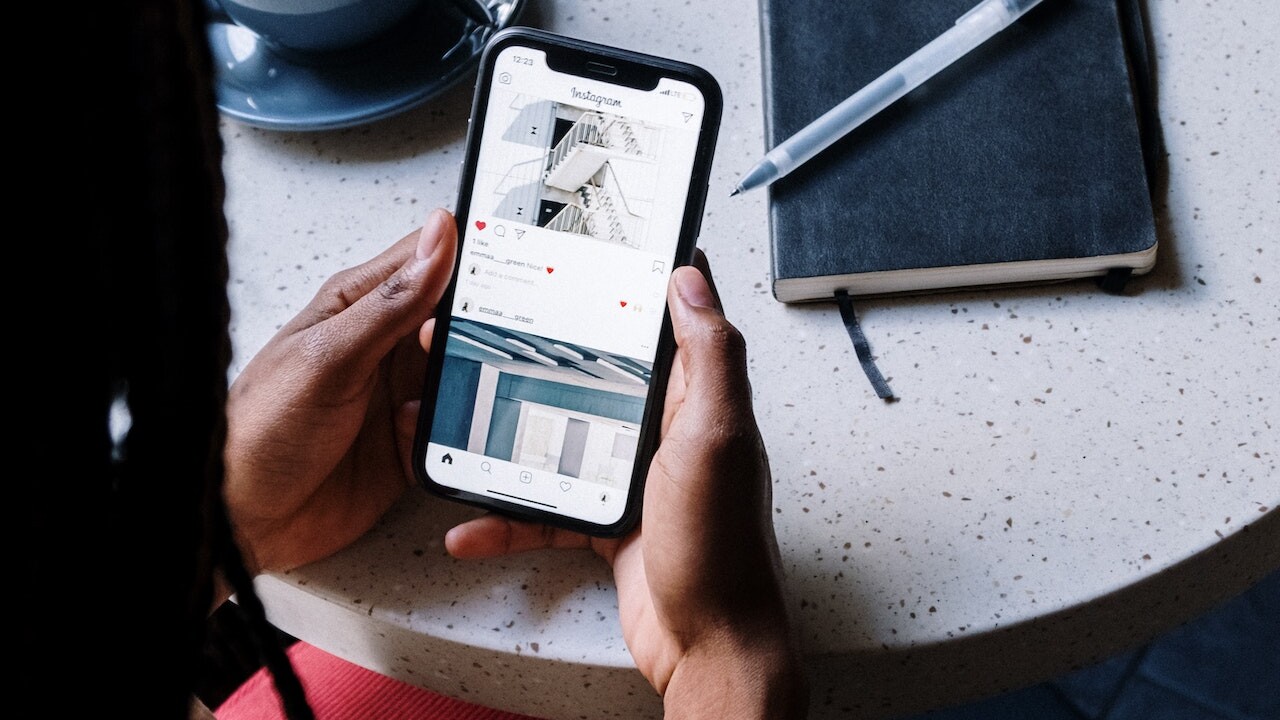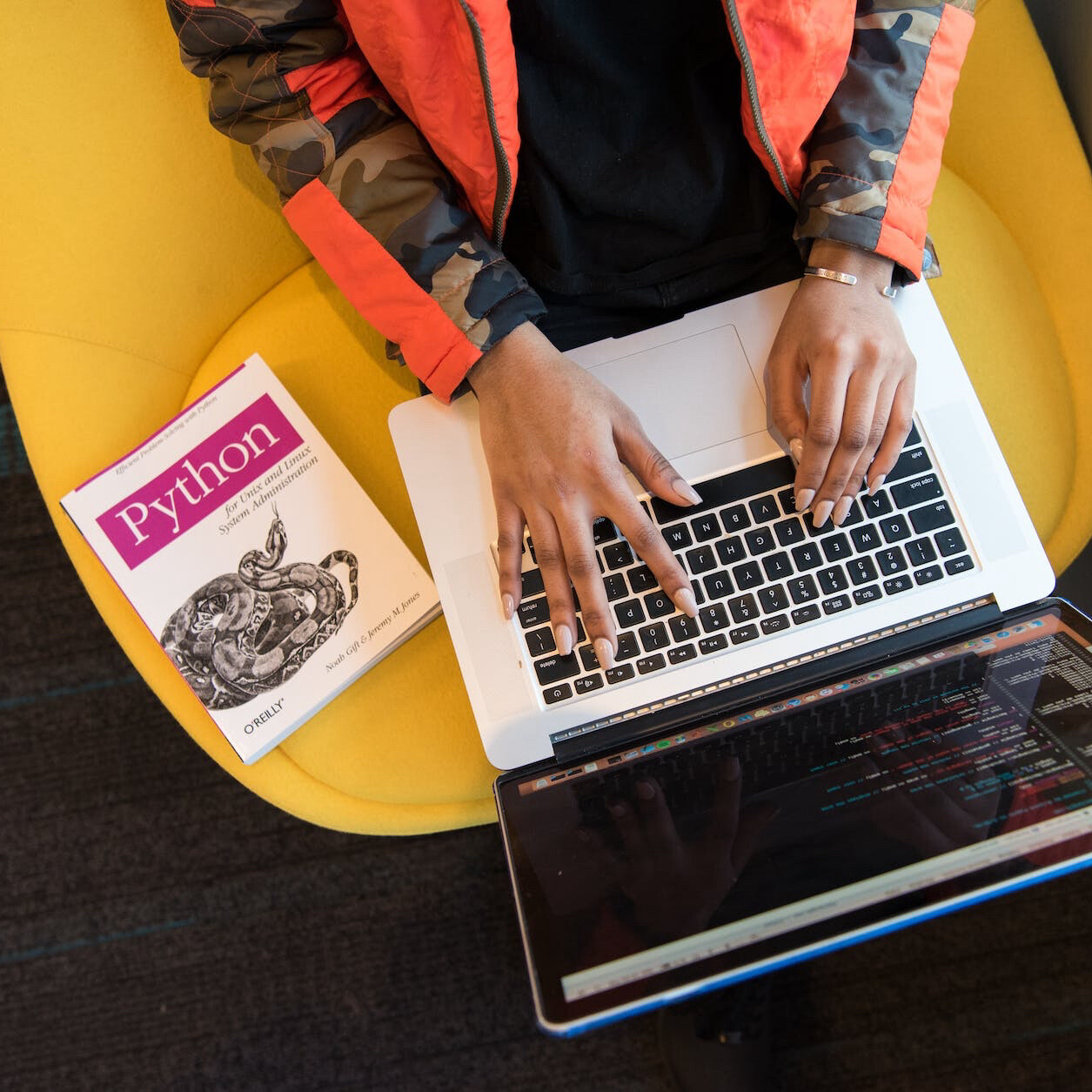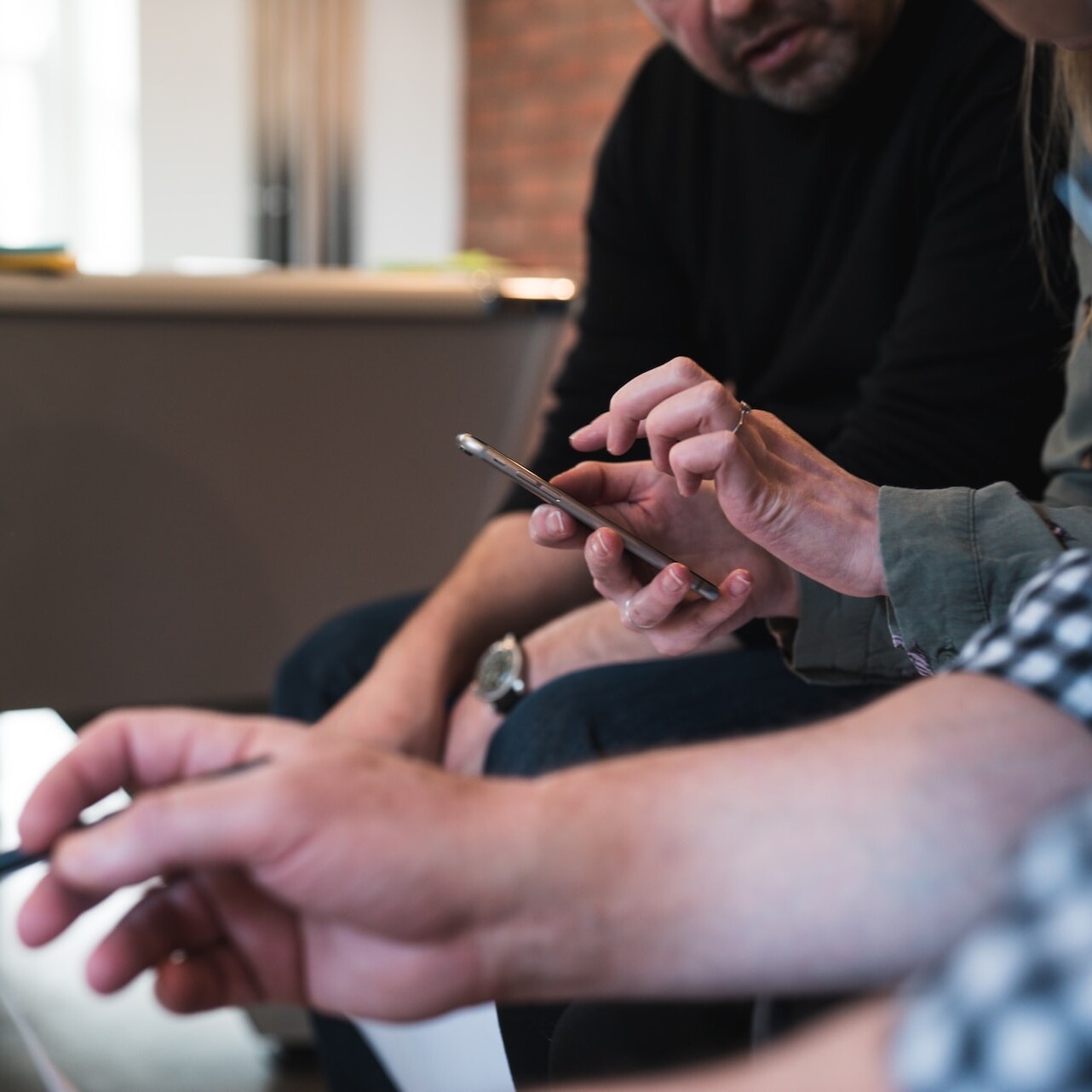Using Data to Heighten the Creative Process
Data is too common to be seen as a creativity killer. To most creatives, analyzing content, numbers, charts and graphs have been seen as a daunting and cumbersome process – an all-out war against the design process.
But what if data could be the key to what makes the creative experience truly free?
With storytelling and user experience at the top of most brand strategies, data has become necessary for providing the end user’s right messaging (visual and contextual). Consumers are providing critically valuable information from the digital environment as they engage with brands, leaving a trail of signals. While back in analytics, these cues can help designers create rich experiential landscapes that exceed expectations across all platforms.
As much of an oxymoron as it may seem, creatives need constraints to tap into true innovation. Without some form of guidelines, the end goal or material direction – the process can continue without a resolution and therefore continues to loop. Giving form to the process ensures that the ideas and material that make it to the top can be realized, turning into projects that can live and breathe.
Know The Goal
It’s tempting to jump into the process with ideas flowing and little constraints in place. Follow the process of a kickoff and creative brief to fully understand the client’s needs and gather assets needed to work from. This is much like preparing for a marathon – you have to train and know what you are getting into, but in the end, it will be your willpower and strength to make it to the finish line.
Get Informed
You must know what you are working with to leverage the data truly. With a clear understating of the brand, product or service you are working with, study up on the available data. While becoming immersed in the data is not recommended, it’s important to understand it at a high level. Understanding who the user is, what the competition looks like, what the existing product or service is, what the problems are and so on will help to creatively problem solve and formulate ideas around the user’s true needs.
Play
This is where the fun begins. Having all the facts in your back pocket allows the creative process to flow freely. There’s no big black hole of ‘where do we start?’ because the data has given enough information to begin at a midpoint. Here, data is transformed into experience.
Don’t Be Afraid
Humor, fearlessness, spontaneity and risk-taking. Even with the data-backed process, all creative ideas can fail, and you can’t be afraid to go to that place. Risk-taking might be the biggest aspect as it tends to generate the most forward-thinking results.
Circle Back
Step back from the process once ideas, visuals and narrative have been churned out. Evaluate the creative results with the initial goals and data to ensure alignment has been met, making adjustments where needed. This process should feel much like a puzzle coming together. Regroup with clients to review versioning and modify where needed. If the creative process has been fluid and the data is true, the result should be optimized for the user and client.
The bottom line is that creatives should not fear data. The analysis is an ally of the design process, allowing a more agile, transformative, and fun process.



